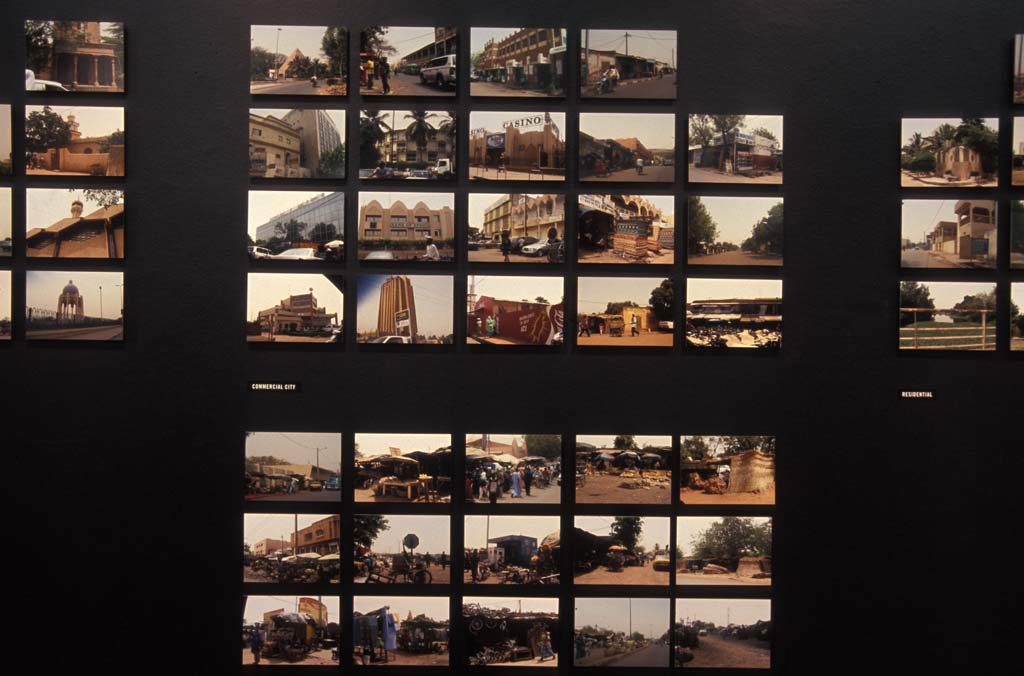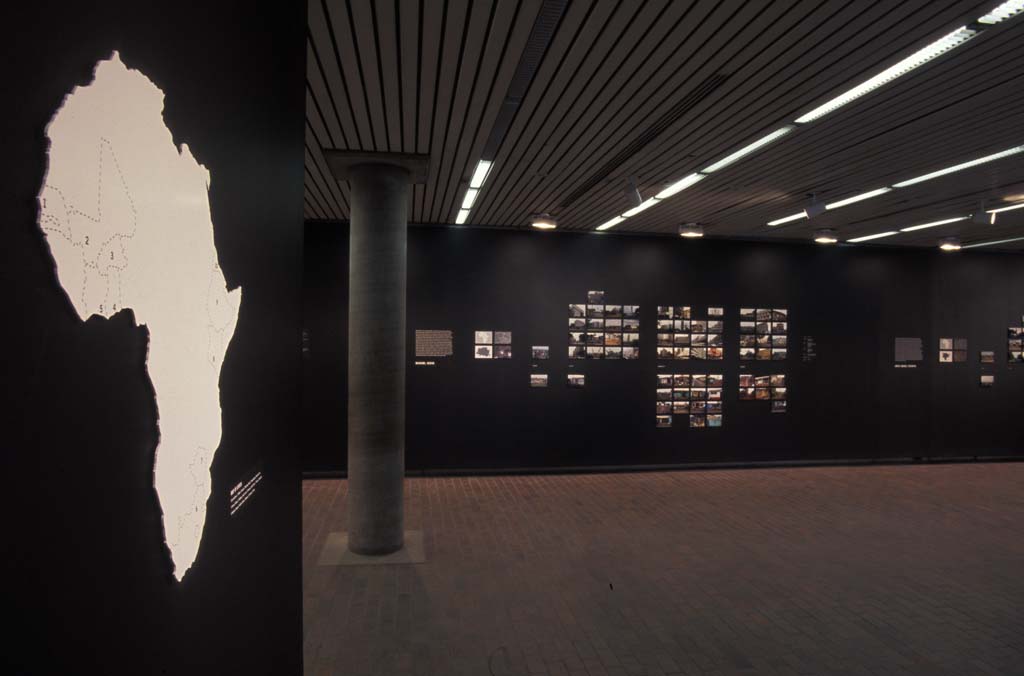African Cities: A Photographic Essay by David Adjaye

Compared with other continents, the architecture and urbanism of the 52 capital cities of Africa are not well known. The majority of them were important centers in the colonial period, and buildings from these times still play a significant role in the life of the city. At a later stage there were serious attempts to improve and extend their infrastructure along Modernist lines: projects that were often overtaken by other events before they were completed. In Kigali, the capital of Rwanda, for instance, the Belgians constructed new boulevards between modern buildings with arcaded frontages. The local culture, however, was too strong for this type of reconfiguration, and the area was quickly taken over by a wide range of unplanned uses. Instead of people walking in the shade of the arcades, a continuous layer of spontaneous human activity has come to occupy all the available space, humanizing the architecture. The current identity of Kigali lies somewhere between the architecture of its boulevards and the complex pattern of uses that has infiltrated them. In an attempt to understand such phenomena, this exhibition will present the architecture and urbanism of twelve cities on the basis of photographs taken by the British architect David Adjaye.
Adjaye’s photographs are part of an ongoing research project to study new patterns of urbanism. To date, he has visited Accra (Ghana), Addis Ababa (Ethiopia), Asmara (Eritrea), Cairo (Egypt), Dakar (Senegal), Harare (Zimbabwe), Kigali (Rwanda), Lusaka (Zambia), Maputo (Mozambique), and Nairobi (Kenya). During that time he has attempted to photograph salient features of the central area and, whenever possible, suburban and unofficial developments. His photographs do not attempt to provide an exhaustive record of each place. Instead, they examine the buildings and places which have a special resonance with his preoccupations as an architect. The images therefore have a double significance: they speak about the cities themselves and, at the same time, they touch on themes that Adjaye is developing in his architecture.
The exhibition includes separate presentations of the ten cities which Adjaye has visited. Each city is represented by 35-45 photographs grouped under the following headings: Cityscape, Civic City, Commercial City and Suburbs. The images are also divided according to whether their subject relates to the Formal City, comprising those areas and buildings which are part of the self-image of the place, or the Informal City consisting of the developments which do not have official support. Under the Commercial City heading, colonial, modern and contemporary commercial buildings are compared with ad hoc shops, spontaneous markets and suburban strip developments. The layout of each city on the exhibition wall are divided by a horizontal band at eye level with headings and supporting information. Examples of Formal developments are presented above this band and comparable examples of Informal developments are located beneath it. Each city is introduced by a visual presentation concerning its location, shape and plan, and concludes with a display of statistical information on its population, ethnicity, religion, employment, density, climate and elevation above sea level. More detailed captions provide an accessible discussion on the significance of the examples shown.

About David Adjaye
Born in 1966 in Dar-Es-Salam, Tanzania, David Adjaye moved to London in 1979 and is now recognized as one of the leading architects of his generation. After receiving his MA in Architecture from the Royal College of Art in 1993, he formed a partnership and quickly built a reputation as an architect with an artistic vision. That same year he was awarded the RIBA First Prize Bronze Medal. In June 2000 David reformed his studio as Adjaye/Associates and has gone on to win a number of prestigious commissions, including the recently finished Nobel Peace Center in Oslo and The Idea Store in Whitechapel, London, for which David was nominated for the 2006 Stirling Prize Award, and which won the RIBA Inclusive Design Award. Adjaye/Associates is also currently working on an arts building for the London based inIVA/Autograph, the Bernie Grant Performing Arts Centre and the Stephen Lawrence Educational Centre, as well as the new home for the Museum of Contemporary Art in Denver. The studio’s first solo exhibition, “David Adjaye: Making Public Buildings,” was shown at the Whitechapel Art Gallery in London in January 2006, with Thames and Hudson publishing the catalogue of the same name. This followed the 2005 publication of David’s first book entitled David Adjaye Houses.
David Adjaye is recognized as one of the leading architects of his generation in the UK and in the last year he has won important commissions in both Europe and the United States. The architectural community and the wider public have a high regard for his bespoke designs, ingenious use of materials and ability to sculpt light.